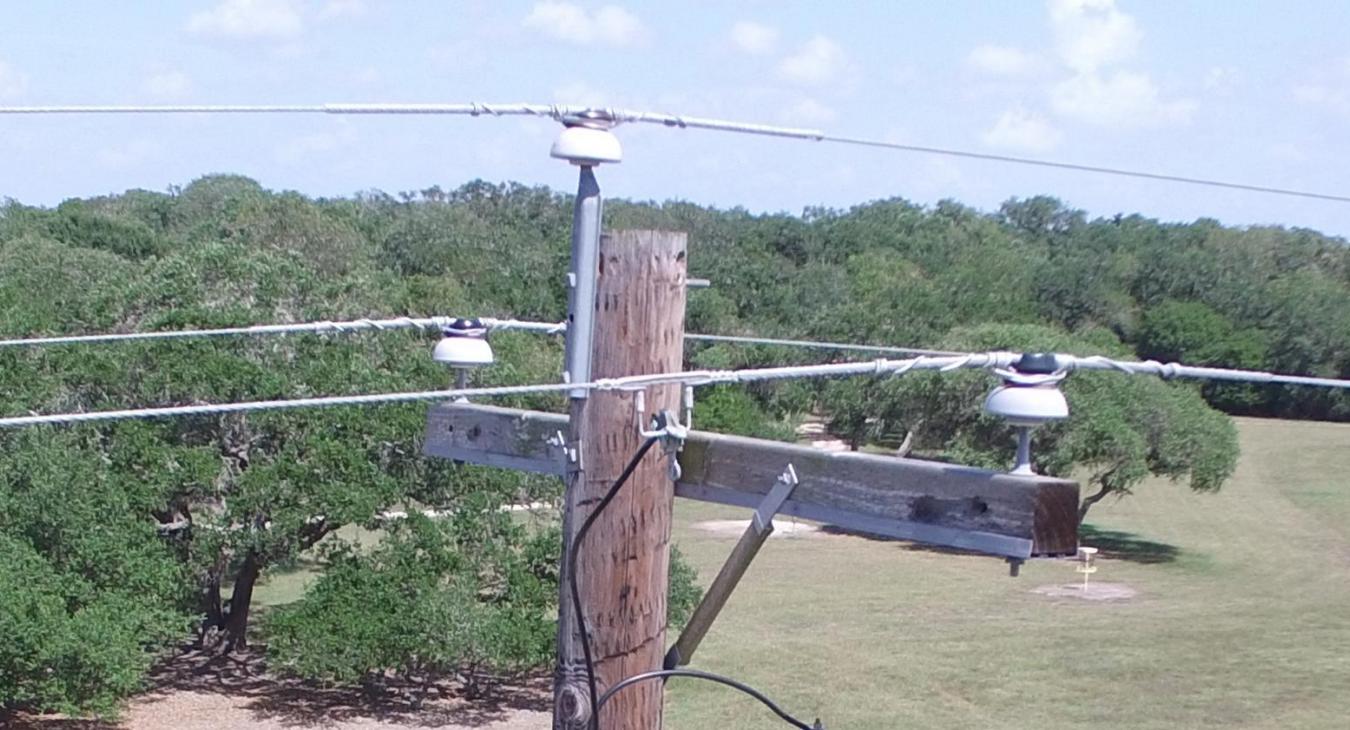Whenever a hurricane, a wildfire or other natural disaster causes a widespread power outage, people tend to ask a logical question: Why don’t they put power lines underground? It’s one of those questions that seems to have an easy answer— until you start looking at the details.
The debate over “undergrounding” power lines comes with lists of pros and cons. But one of those cons tends to drown out the others—cost. When people hear that burying power lines could more than double their electric bill, the discussion tends to end quickly.
When a state experiences a major power outage, it often appoints a commission to study ways to reduce the chances of another major outage. And the results of those studies are often the same, citing undergrounding lines as prohibitively expensive.
But states keep studying whether to bury power lines, and people keep asking about it because power outages are expensive, too. In fact, they’re estimated to cost the U.S. $150 billion annually.
Wouldn’t burying power lines save some of that money?
Undergrounding lines would protect them from wind, fire, ice and tree branches, and there wouldn’t be poles for cars to crash into or overhead lines for squirrels to chew up. It would also keep poles and wires from getting in the way of our state’s natural beauty.
But overhead lines have their own advantages. When something does go wrong, finding and repairing a problem up in the air can be a lot easier—and faster—than locating and digging up the exact spot of an underground malfunction.
Also, underground power lines aren’t completely safe from natural disasters. They can flood, and digging or other construction can slice into underground service.
Converting to underground lines could mean higher expenses for homeowners who might have to install different electrical equipment to accommodate new connections.
Some utilities are placing new electric service underground even though it is more expensive. It can cost 4–14 times as much to build new underground service compared with overhead lines. About 20% of the money spent on new electric service construction of distribution lines goes for underground projects.
Given that underground service is often impractical, utilities are finding other ways to increase reliability of overhead systems, by using modern smart grid technology and drone patrols as well as more old-fashioned tree trimming

